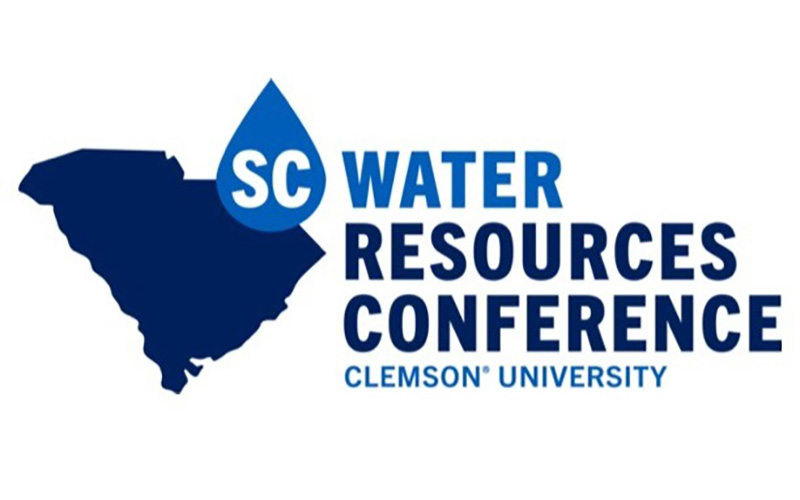Article Type
Full Research Article – Special Issue
Volume
9
Issue
1
Abstract
In recent decades, the adoption of overhead irrigation systems, especially center pivots, to irrigate row crops has been steadily increasing in South Carolina. The adoption of irrigation in the state has been enhanced by the predominance of coarse-textured soils with low water-holding capacities, which increases the likelihood of obtaining a significant and profitable crop yield response to irrigation. As the number of overhead irrigation systems in the state increases, it is vital to understand their number, location, and characteristics for better planning and managing available water resources. The objective of this project was to map and characterize the overhead irrigation systems (center pivots and lateral moves) available in each county in South Carolina. The Quantum Geographic Information System (QGIS) was used to manually locate and measure each overhead irrigation system in the state using a 2022 Google satellite image. Basic measurements included the length, number of spans, and wetted radius. In addition, the rotation angle of center pivots and the field length of lateral move systems were measured. This study found that with a few exceptions, the overwhelming majority of the overhead irrigation systems in the state were located in the central part of the Coastal Plain region, between the Fall Line and the coast, where groundwater resources are more abundant. Also, this study found a total of 2,980 center pivots and 15 lateral move irrigation systems in South Carolina. A total of 64,694 hectares were irrigated by center pivots, while lateral moves irrigated only 80 hecatares. Out of the 46 counties in the state, those with the highest number of center pivots were Orangeburg (633 pivots), Calhoun (361), Lee (296), Clarendon (249), Sumter (248), Lexington (197), Bamberg (130), Darlington (121), Hampton (117), and Barnwell (114). All the lateral move systems were located in the counties of Barnwell (11) and Darlington (4). Water stakeholders and agencies in South Carolina could use this information for long-term water resources planning at various levels. This research is also useful nationally to inform the understanding of irrigation practices in the southeastern United States.
Takeaway(s)
none
Recommended Citation
Sekaran, Udayakumar and Payero, José O.
(2023)
"Mapping and Characterization of Center Pivot and Lateral Move Irrigation Systems in South Carolina Using Quantum Geographic Information System,"
Journal of South Carolina Water Resources: Vol. 9
:
Iss.
1
, Article 5.
Available at:
https://open.clemson.edu/jscwr/vol9/iss1/5






